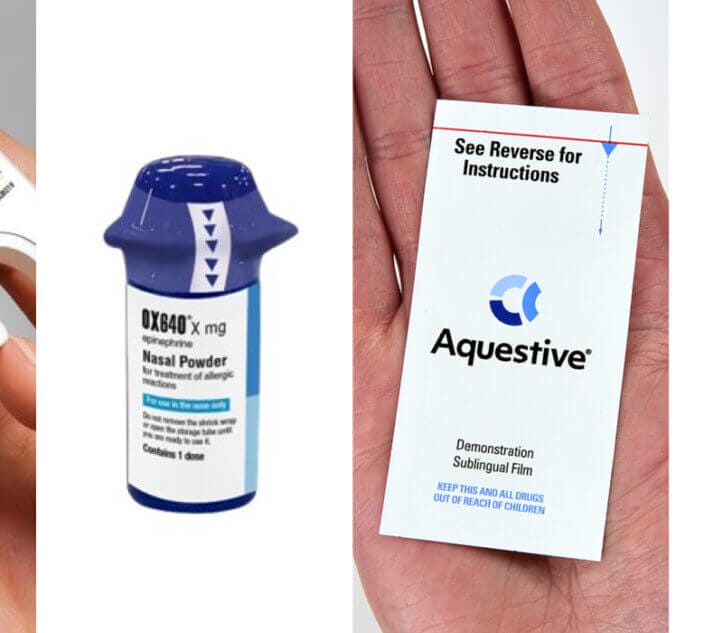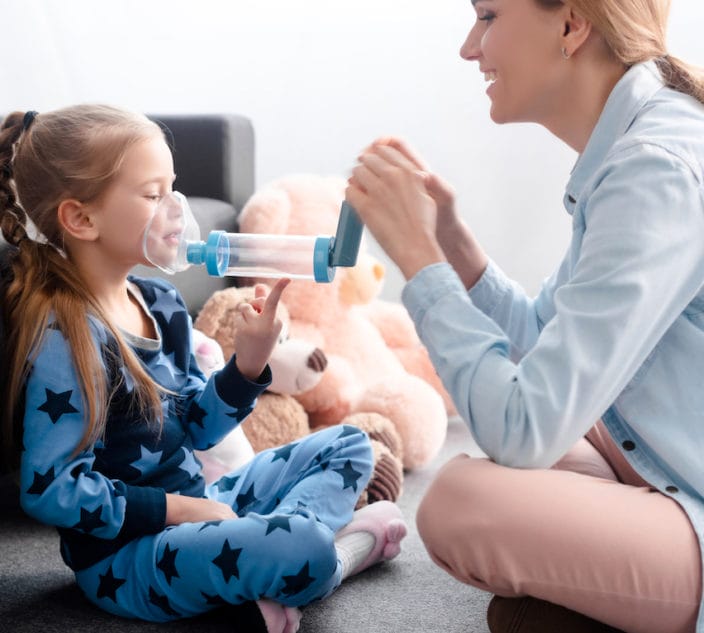A Canadian study examining the reasons for food anaphylaxis emergencies in kids reveals that one-third of food allergen exposures occurred while an adult was supervising as a child was eating.
Of concern, over 65 percent of the supervising adults were caregivers rather than a parent – and many of the caregivers ignored precautionary or “may contain” labels when giving food to an allergic child.
“These findings highlight the importance of increasing education and awareness among all caregivers of food-allergic children,“ says Dr. Moshe Ben-Shoshan, the senior author and a pediatric allergist at the McGill University Health Centre in Montreal.
Caregivers and Food Labels
For the study, published in the journal Pediatric Allergy and Immunology, physicians from Montreal Children’s Hospital and three other Canadian emergency departments contacted parents of patients they had treated for anaphylaxis to a food trigger. The 92 families who agreed to participate were asked:
– where the reaction had happened;
– whether there was an adult present as the child ate;
– and whether the food consumed was from a labeled package or was a bulk product.
 Dr. Moshe Ben-Shoshan
Dr. Moshe Ben-Shoshan The problem is “people ignored the labels,” Ben-Shoshan said in an interview with Allergic Living. He warns parents and caregivers of the need to be more vigilant, especially about “may contain” allergen warnings.
Risks with ‘May Contains’
“A common case is that a parent will tell me their child has a tree nut allergy, but can usually tolerate a bar that says “may contain,” so they continue feeding that to their child,” he says. The allergist reminds that avoidance is the best practice if you see a “may contain” on a label for your child’s allergen. As levels of “may contain” exposures are not regulated, in some cases cross-contact during processing could be significant enough to trigger a reaction.
“The findings indicate that better management strategies are needed to avoid accidental ingestions both inside and outside the home,” said Sarah de Schryver, the study’s lead author and research fellow at McGill University.
The study also found that 46 percent of anaphylactic reactions occurred at home, while 19.5 percent happened at a restaurant and 18 percent at school or another venue, such as a friend’s home.
“We hope this study increases food allergy awareness. Tell whomever you are leaving your child with to read labels carefully,” said Ben-Shoshan.
The research is part of C-CARE (Cross-Canada Anaphylaxis Registry) and was funded by the AllerGen network, Health Canada and Sanofi.






